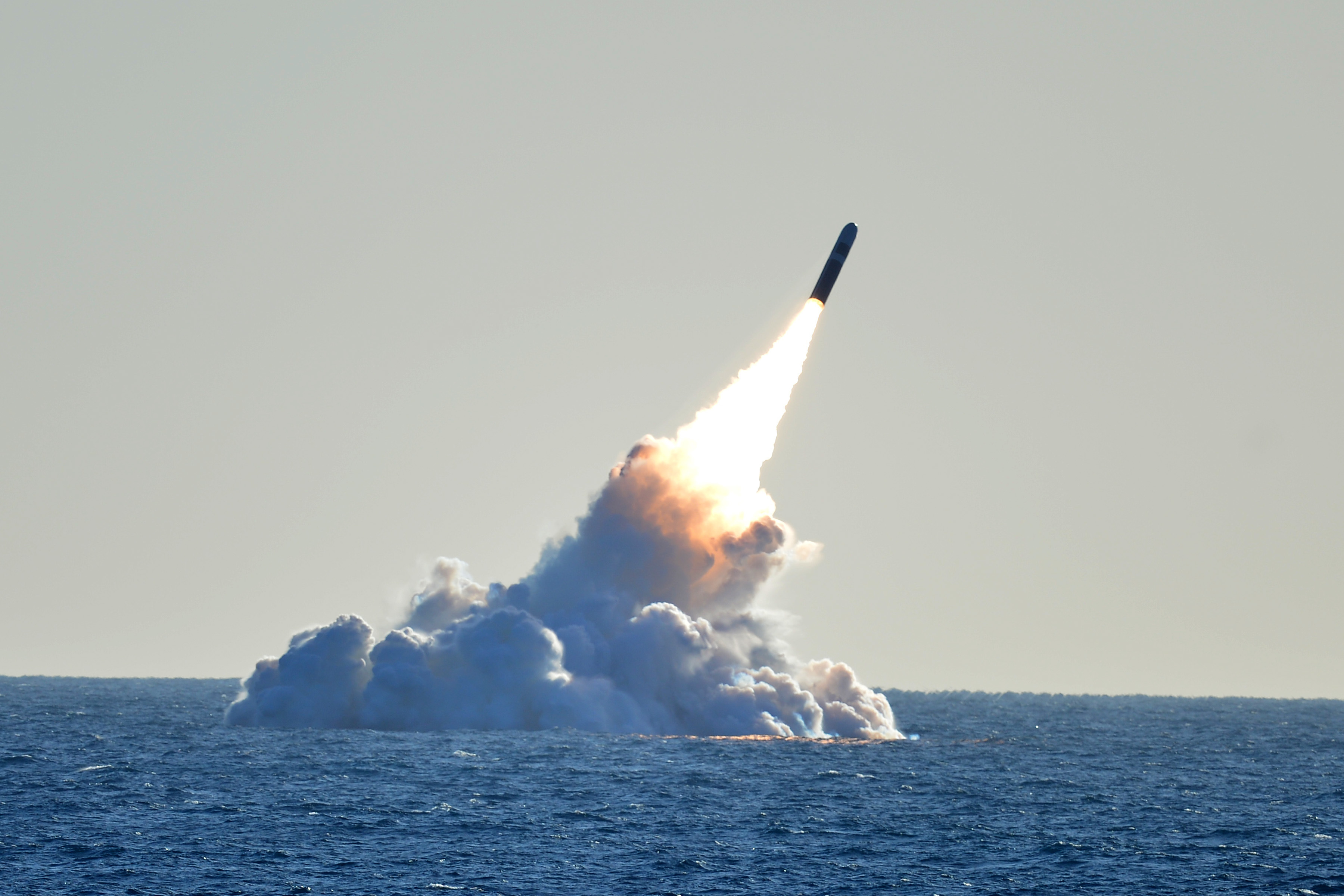On June 27, North Korea announced that it successfully tested a multi-warhead missile, a development that could pose significant threats to South Korea, Japan, and the United States if confirmed. This test is seen as an attempt by North Korea’s leader, Kim Jong Un, to evade missile defenses in South Korea and the US, fulfilling his long-standing ambition for a multi-warhead missile.
The announcement from North Korean state media, KCNA, contradicted South Korea’s assessment of a failed weapon test from the previous day. KCNA reported that the test on June 26 involved the separation and guidance control of individual mobile warheads, marking a significant step in advancing missile technologies.
The test aimed to secure Multiple Independently Targeted Re-entry Vehicle (MIRV) capability, enabling the delivery of multiple warheads to different targets. The missile’s decoy was detected by radar, and the mobile warheads were successfully guided to three target coordinates.
Reports indicate that North Korea used a modified Hwasong-16 booster for a shortened-range test to validate the release of independent warheads. This test, the first of its kind for North Korea, is considered a preliminary step by international observers.
KCNA quoted the North Korean Missile Administration, highlighting the test as part of a full-scale effort to enhance missile capabilities and technologies. Kim Jong Un has listed a multi-warhead missile among his priorities, alongside hypersonic weapons, spy satellites, solid-fuel ICBMs, and submarine-launched nuclear missiles, all of which are in various development stages.
This development is particularly significant amid rising tensions between North Korea and NATO, especially after North Korea’s provocative actions, such as sending waste-filled balloons across the 39th parallel and issuing multiple warnings against US-South Korea cooperation.
Recently, North Korea revived defense cooperation with Russia, hosting Russian President Vladimir Putin and signaling readiness to send troops to fight in Ukraine. Amid this backdrop, the MIRV test gains critical importance, potentially elevating North Korea’s threat level, especially if the warheads are nuclear.
Despite international sanctions, North Korea is believed to have assembled 40-50 nuclear warheads. In November, Kim Jong Un urged exponential nuclear weapon production and aligning with nations opposing the US in a “New Cold War.”
North Korea’s test follows India’s recent MIRV test, which unsettled its nuclear-armed neighbors, Pakistan and China. Unlike South Korea, which lacks nuclear weapons, this development significantly heightens the threat.
MIRVs can overwhelm missile defenses by deploying multiple warheads simultaneously, making interception more difficult. This sophisticated technology requires advanced capabilities, which some US critics believe North Korea might be receiving from Russia, given their military exchanges.
While the world advocates for nuclear non-proliferation, the development of MIRV technology has faced criticism. Hans Kristensen of the Federation of American Scientists expressed concerns about the increasing number of countries acquiring MIRV capabilities, warning that it could escalate nuclear tensions.
Similar concerns apply to North Korea, which has issued several nuclear threats. The Washington-based Wilson Center noted that MIRVs would significantly undermine US defense capabilities against a North Korean nuclear strike.

